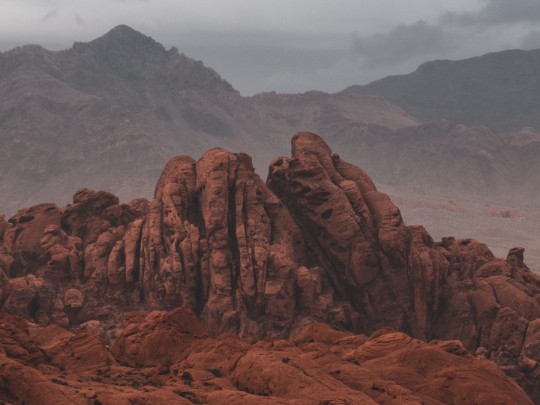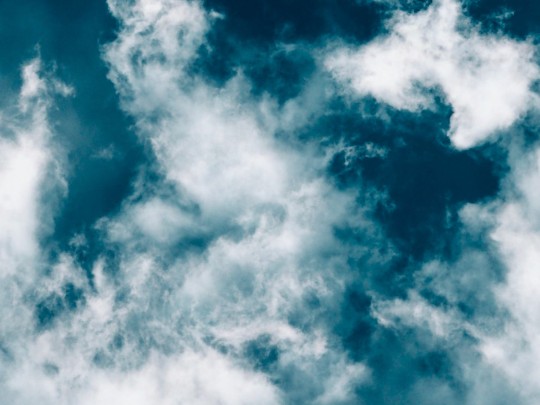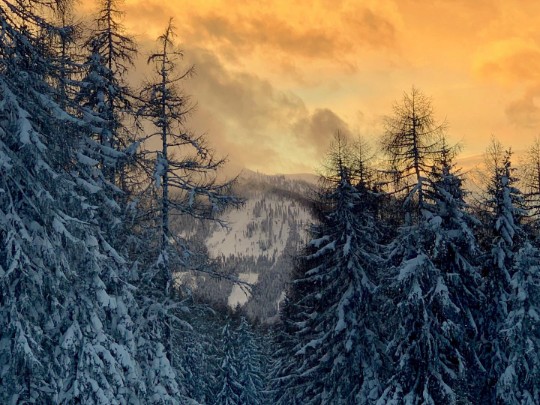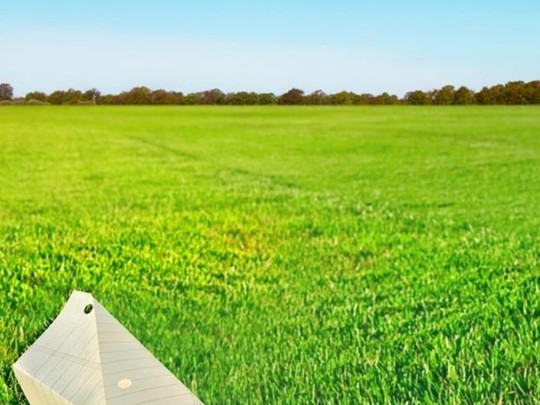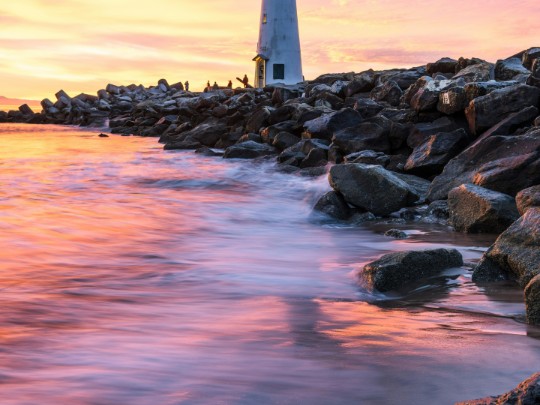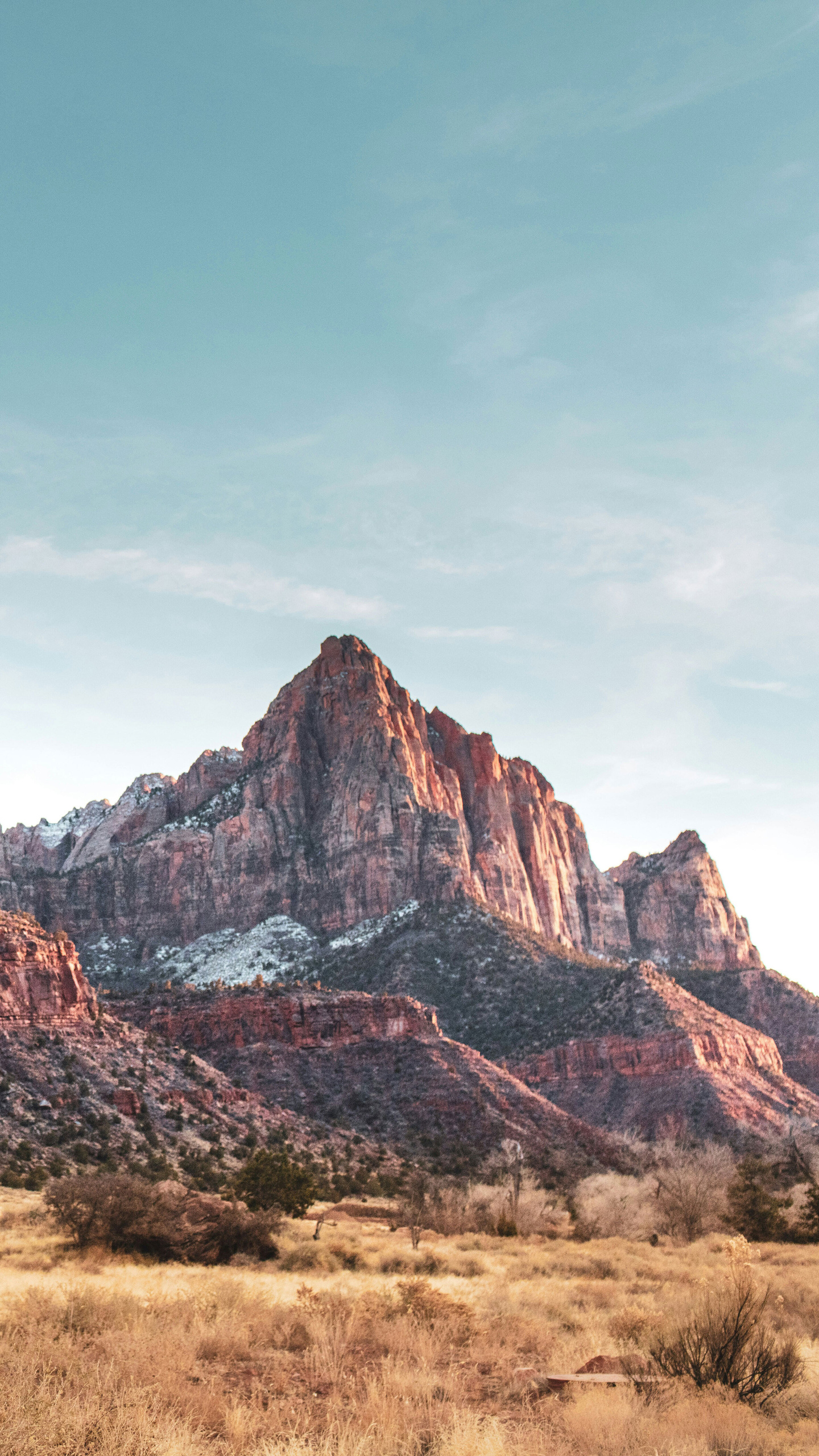Australia's Guide to Glacial Wonders: Icebergs, Lakes & Climate Change Risks
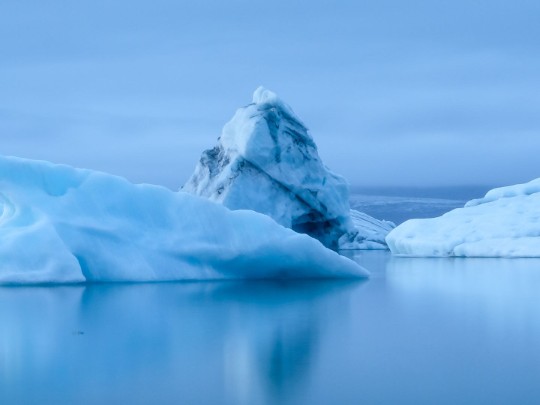
The Stunning Dance of Ice and Water in Polar Regions
Australia might be known for its sun-drenched beaches, but the captivating beauty of ice and water exists in stark contrast in the Arctic and Antarctic regions. A particularly breathtaking display of this is the relationship between colossal icebergs and serene glacial lakes. Imagine these gigantic ice formations, calved from glaciers, gracefully drifting into the icy waters, a shimmering panorama of blues and whites stretching as far as the eye can see.
Understanding Glacial Lakes: Pristine Ecosystems & Growing Concerns
Glacial lakes, born from melting ice and held back by natural ridges called moraines, are more than just scenic wonders. They're unique ecosystems, often boasting incredibly pure water that mirrors the surrounding ice and majestic mountains. However, this pristine environment is facing a growing threat: the increasing presence and instability of icebergs.
The Climate Change Connection: Rising Lake Levels & GLOFs
As our planet experiences the effects of climate change, glaciers are retreating at an alarming rate. This retreat leads to a significant increase in the volume of these glacial lakes. The ice dams that naturally hold back these lakes are becoming increasingly unstable, raising serious concerns about potential disasters.
What are Glacial Lake Outburst Floods (GLOFs)?
The sudden and catastrophic release of water from these lakes, known as glacial lake outburst floods (GLOFs), can wreak havoc downstream, causing widespread damage and posing a significant threat to communities. These events are a stark reminder of the power of nature and the urgent need for climate action.
Why Studying Icebergs in Glacial Lakes Matters
Researchers are working tirelessly to understand the dynamics of icebergs within these glacial lakes. This research is crucial for predicting and mitigating the risks of GLOFs, ensuring the safety of nearby communities, and, importantly, preserving the fragile beauty of these polar environments. It's about more than just scientific curiosity; it's about protecting lives and safeguarding these incredible landscapes for future generations. The slow, majestic dance of ice and water serves as a powerful reminder of the forces at play and the profound impact of a changing climate – a message we all need to heed.

